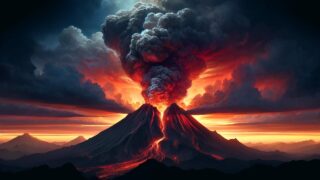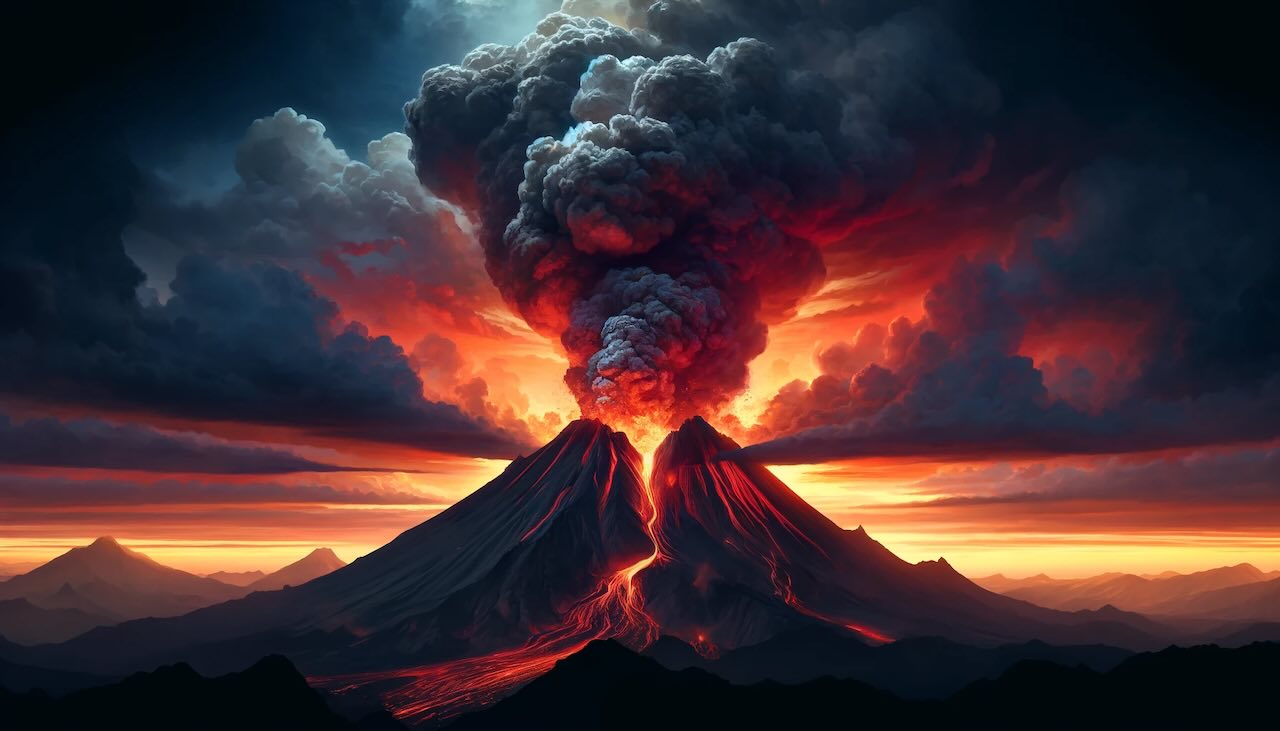The Importance of Forecasting Volcanic Eruptions
Volcanic eruptions are powerful natural phenomena that can significantly impact human lives and the environment. These eruptions can release lava, pyroclastic flows, and volcanic ash, causing extensive damage to surrounding areas. Accurately predicting volcanic eruptions is crucial for minimizing human casualties and implementing appropriate evacuation measures. As such, volcanic eruption forecasting plays a vital role in disaster risk reduction strategies.
Methods and Accuracy of Volcanic Eruption Prediction
Scientists employ various methods to predict volcanic eruptions, including:
- Seismic activity monitoring: By monitoring the frequency and magnitude of earthquakes around a volcano, scientists can infer the movement and ascent of magma.
- Ground deformation measurements: Using GPS and tiltmeters, scientists can detect the swelling or shrinking of a volcano, indicating the accumulation of magma.
- Gas composition analysis: Analyzing the composition and emission rate of volcanic gases can help assess the state of the magma and the likelihood of an eruption.
- Thermal monitoring: Satellite imagery and infrared cameras can be used to detect changes in the volcano’s surface temperature, indicating changes in volcanic activity.
By combining these methods, the accuracy of volcanic eruption predictions can be improved. However, volcanic activity is highly complex, and predictions can sometimes be inaccurate. With current technology, it remains challenging to precisely predict the timing and magnitude of an eruption.
Can Volcanoes Erupt Without Warning?
Volcanic eruptions are typically preceded by precursory phenomena. However, in rare cases, these precursory signs may be subtle or the time between their detection and the eruption may be short. In such situations, it might seem like the volcano has erupted “without warning.”
It is important to note that volcanic eruptions always occur due to underlying mechanisms, and there is no such thing as a truly “sudden” eruption. In cases where an eruption seems to have occurred without warning, it is likely that the precursory signs were simply not detected.
Latest Research Trends and Future Prospects
In recent years, advancements in artificial intelligence (AI) and machine learning have been applied to volcanic eruption prediction research. By training AI models on historical volcanic activity data, scientists aim to automatically detect precursory signs of an impending eruption.
Moreover, improvements in monitoring technologies, such as continuous volcanic gas observations and high-precision ground deformation measurements, contribute to enhancing the accuracy of eruption predictions.
As these new technologies are further developed and integrated, it is expected that the accuracy of volcanic eruption predictions will continue to improve. Additionally, strengthening the collaboration between volcanology and disaster risk reduction is crucial for enhancing volcanic disaster preparedness and response.
Conclusion
While predicting volcanic eruptions is not yet perfect, combining various monitoring methods allows for a certain level of forecasting. Although rare, there are instances where precursory signs may not be detected, making it seem like an eruption occurred “out of the blue.”
Advancements in AI, machine learning, and monitoring technologies hold promise for improving the accuracy of volcanic eruption predictions in the future. To protect lives and livelihoods from volcanic disasters, it is essential to strengthen the collaboration between volcanology and disaster risk reduction efforts.





















